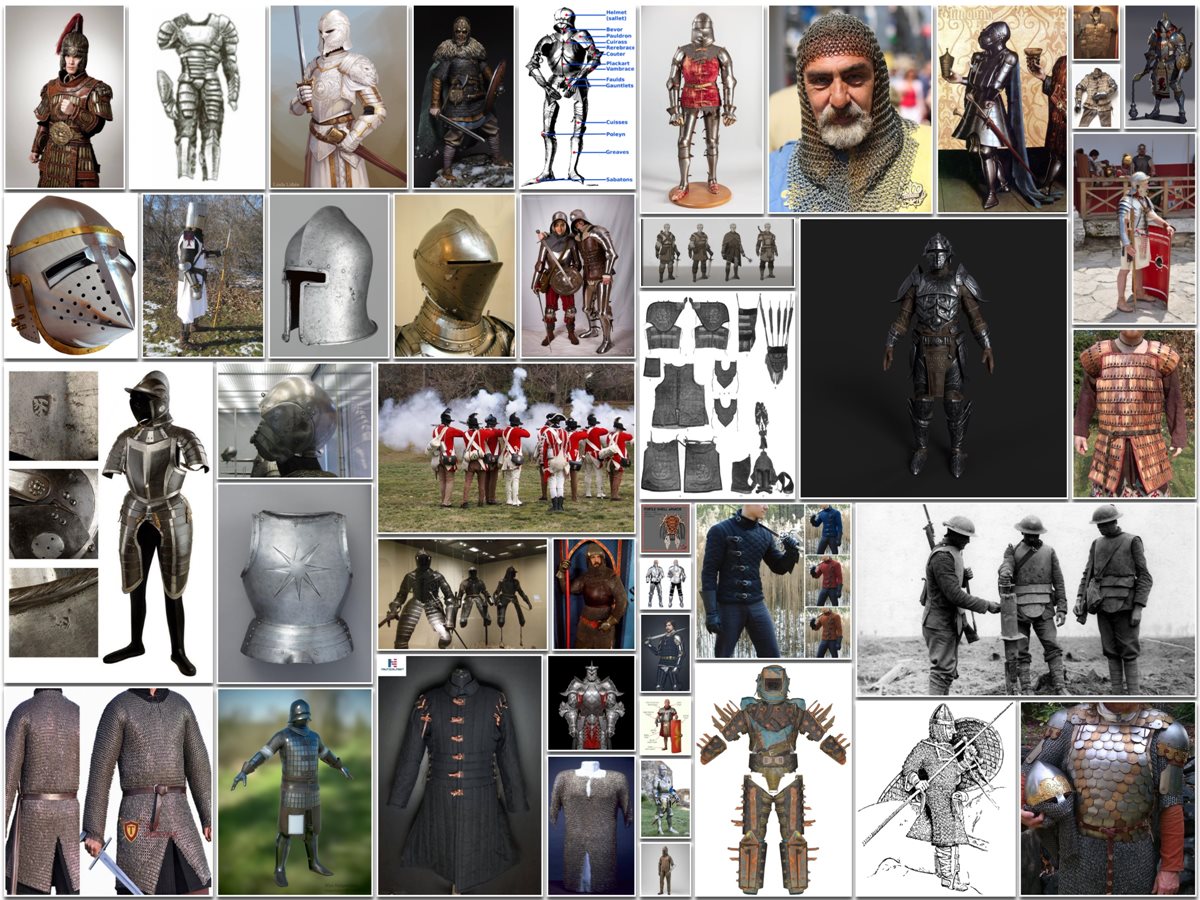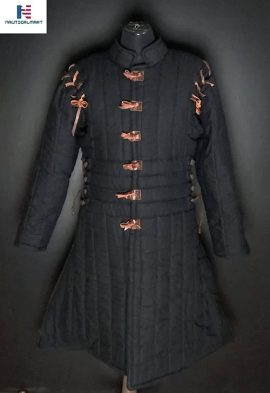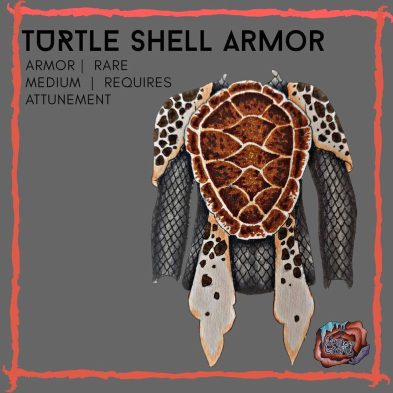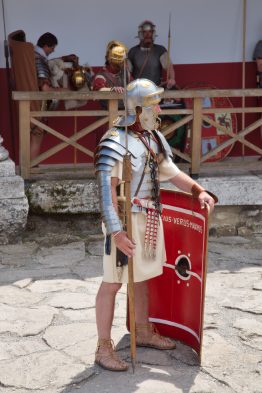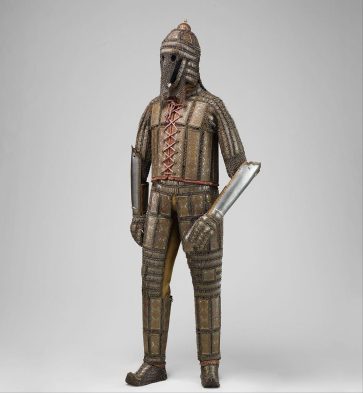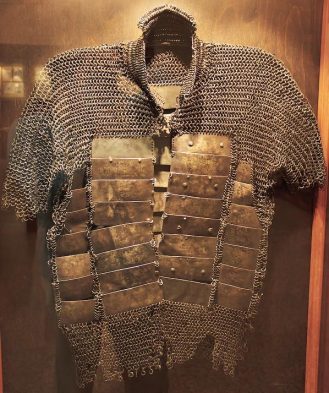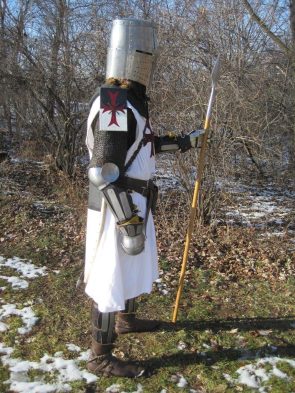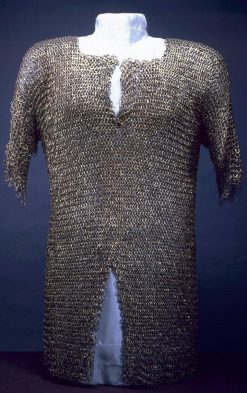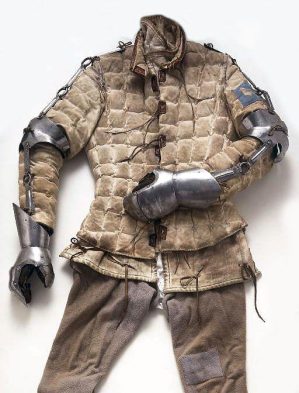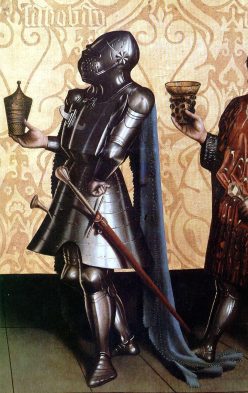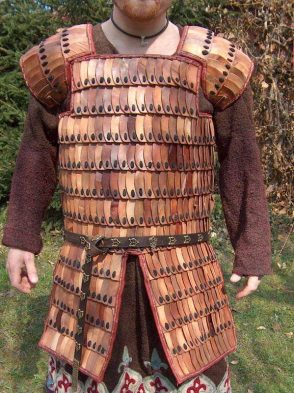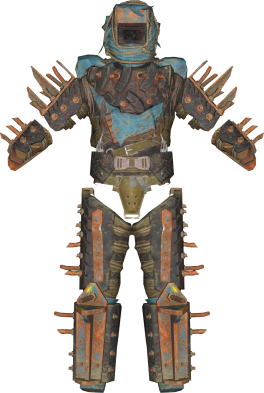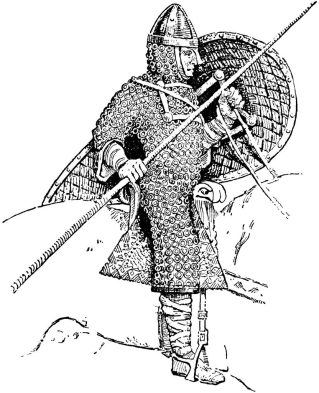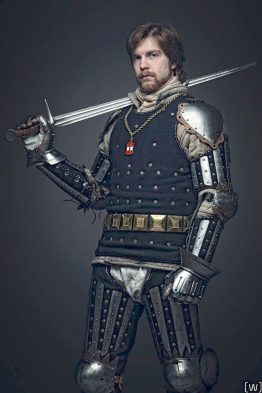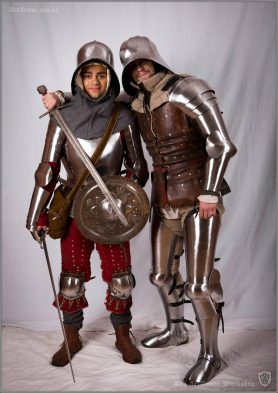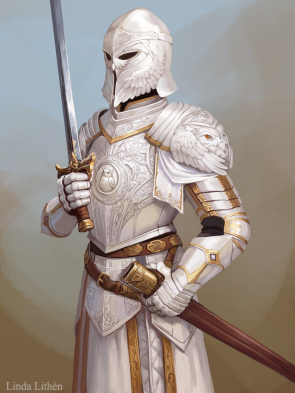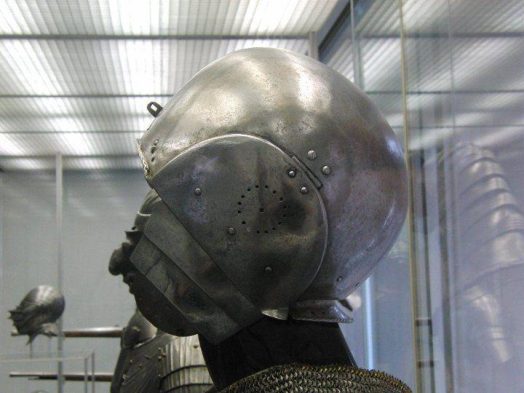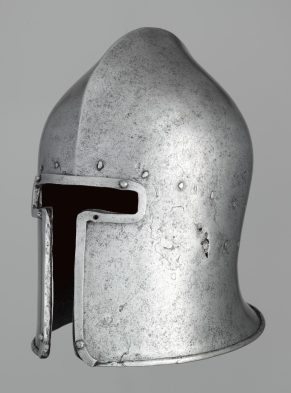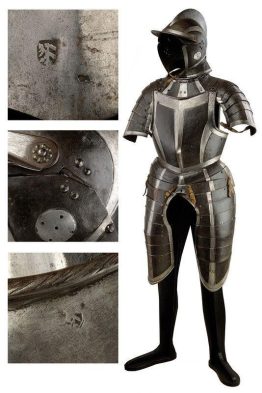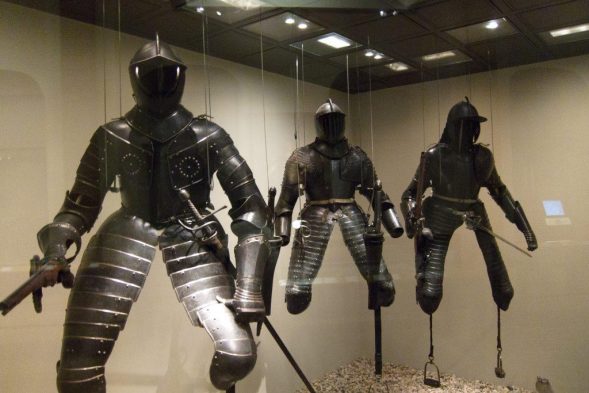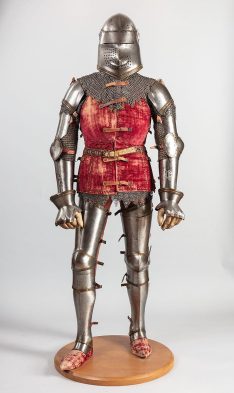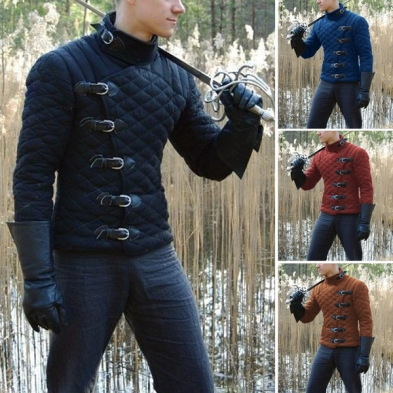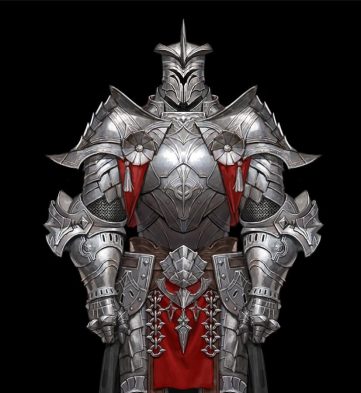Medieval Europe proved to be one of the most prosperous periods in armor history, with numerous new and ancient armor styles in use and evolving in a variety of ways.
Different Types of Armor Names With Pictures
Here is a complete list of armor or armour sets in use at the period and individual components responsible for shielding people from various sorts of injury.
1. Gambeson Armor
The gambeson is a full-body armor constructed of quilted linen or wool that covers the entire body. This form of medieval armor was the cheapest and easiest to construct, as it was stuffed with linen or horsehair. Any peasant who had it could become a properly armored soldier on the battlefield. Thrust attacks and piercing provided good resistance against slash attacks and were close to immunity to bludgeoning its weak spot. As mail armor grew more prevalent, the gambeson became basically what was worn beneath it to give additional protection and avoid injuries by acting as a buffer zone between the body and the armor. Because it was so insulating, it was quite unpleasant to wear in the summer.
2. Boiled Leather Armor
For soilders who needed a light protection, boiled leather (or the sort of armor represented in any fantasy world) was the preferred option. Another option was to build this sort of medieval armor, which is inexpensive and simple to make. Exceptionally resistant to slicing, thrusting, bludgeoning, and piercing attacks. The primary flaw was that it soon wore out after a certain amount of attacks. It was often accompanied with any type of metal connected to it for enhanced defense, despite it being awkward to wear. When mail and plater armor became the standard of armies, it went out of favor.
3. Shell Armor
This was maybe the oddest-looking and least-used medieval armor. Shells from tortoises, turtles, sea slug nests, and even clams were used to make this form of armor, which was primarily manufactured in Southeast Asia. Although it was strange and unattractive to look at, it provided the user with a great deal of protection. Its vulnerability, like that of later plate armor, was bludgeoning assaults.
4. Scale Armor
Scale armor’s protection against assaults was determined by the material it was constructed of. It may be fashioned from a number of materials, including bronze, iron, rawhide, leather, boiled leather, seeds, horn, pangolin scales, and even bones placed in a scale-like structure that resembles snake skin. It would be replaced with armors that were scrutinised more closely during their manufacturing procedures.
5. Lamellar Armor
Lamellar armor was a replacement for mail armor in Asia, and got its name from the tiny platelets that were punched and strung together, generally in horizontal rows. It was composed of bronze, iron, and rawhide leather, and depending on what it was made of, it was efficient against a range of attacks. It was also fashioned from unusual elements like bones, shells, stone, and even horns to some extent. It was frequently pitted against laminar armor. Both provide the same level of safety to its users.
6. Laminar Armor
Laminar armor was the standard issue for most sorts of troops throughout Japan’s Shogunate Era. It was alternately employed with lamellar armor, only to be surpassed subsequently by the material from which it was formed. Hundreds or thousands of individual iron scales were laced or riveted together to provide a protection against assaults that was akin to lamellar armor. The quality of the armor in both situations was determined by the materials used. Plated mail armor eventually superseded lamellar and laminar armor.
7. Plated Mail Armor
Plated mail armor was the progenitor of mail armor, which became the most frequently worn kind of armor during the High Middle Ages. It was composed of chainmail with embedded iron plates on the torso and gave good resistance against all sorts of attacks, although it was vulnerable to thrust strikes. It’s named transition armor because it was only worn for a short period before being replaced by a better form of armor.
8. Mail Armor
Mail armor includes coifs, greaves, chainmail, and any other form of body armor composed entirely of iron. The Templars used this armor to capture the Holy Land during the High Middle Ages. Due to the lower grade iron available to them, the Muslims were unable to pierce it. It provided fair all-around protection and excelled against arrows and bolts. The mail armor is the most well-known form of armor in the world, having been shown in tapestries, scrolls, and novels and carved and portrayed in marble statues.
9. Brigandine Armor
Brigandine mail armor was superior to conventional iron mail armor. It was constructed of thick linen, canvas, or leather armor, with tiny oblong steel plates attached to it. It excelled against thrusting, slashing, and piercing blows since it was composed of a superior metal. However, the armor had a flaw in that some corners of the uniform were left unguarded, allowing any experienced fighter to exploit them. It was the first costly form of armor, but it was also one of the most transitory, having only seen usage for a short time.
10. Plate Armor
The most well-known image of the world’s Late Middle Ages is of a knight wearing plated armor. It was extremely expensive to produce, but it provided complete resistance to thrusting, stabbing, and piercing assaults. The employment of maces to pummelled the users of this style of armor and the introduction of gunpowder guns contributed to its vulnerability. It was the final form of metal armor ever produced.
11. Ailette Armor
The employment of quadrangular pieces of leather or wood on the user’s shoulders and upper arms was a short-lived 13th century French leather armor. The rest of the wearer was protected by full-body chain or ring mail, with metal protectors connected to the lower legs with leather straps.
12. Banded Mail Armor
Metal armor with lorica segmentata and classic splint mail patterns that was only used for a short time.
13. Bases Armor
Made to match the French military skirts made of cloth. Its armored variant is constructed of plates with a detachable back plate that allows the user to ride a horse.
14. Boiled Leather Armor
Armor constructed of thick leather cooked in oils, waxes, and other substances was quite prevalent in medieval Europe. Because boiling leather was fragile, scale and lameral armors were generally chopped into smaller pieces and then sewn together.
15. Brigandine Armor
Brigandine body armor was constructed of strong cloth (typically canvas or leather) with starched steel plates attached to the inside of the fabric, leaving just the leather visible from the outside.
16. Hauberk Armor
A very well crafted shirt constructed from tiny interloping metal rings that could be worn alone or interwoven into a regular shirt or tunic.
17. Jack Of Plate Armor
This armor was quite similar to Brigandine’s, which incorporated tiny metal plates under layers of leather shirt, but the parts were sewn rather than riveted.
18. Jazerant Armor
Light armor with mail armor sandwiched between layers of leather or cloth. It was used mostly in the Middle East, Persia, and Asia.
19. Kasten-Brust Armor
German plate armor that was primarily utilized in the 15th century, but was popularised by later Renaissance art.
20. Lamellar Armor
Armor constructed of interwoven pieces of strong leather, iron, or bronze plates, and used mostly in Eastern Europe and Asia.
21. Laminar armor
It is made up of numerous segmented metal strips that were joined together with leather strips and was employed by the Roman Empire under the term “lorica segmentata.” Only the chest, back, shoulders, and occasionally the hands were protected.
22. The Trapper Armor
The fact that the horses of the affluent could be better armored than regular troops is a reflection of how life was valued. Many wore cloth armor, while some wore a trapper ” a full-body covering of chainmail ” with a metal chanfron on their heads. A few horses were even given their own plate mail towards the end of the Middle Ages.
23. Ring Armor
Rings were sewn to the leather or themselves, but they were not interlaced to produce a thick mesh.
24. Scale Armor
Small metal bits manufactured from various types of metal were sown or threaded one to another into overlapping rows to mimic reptile scales.
25. Splinted Armor
Long metal strips were sewn or threaded together to create this piece. This kind of armor construction was mostly utilized for the production of hand and leg armor.
26. Transitional Cuirass Armor
When complete metal plate armors were popular, metal chest armor was utilized as a cheaper option to protection.
27. Viking Armor
Because Vikings did not utilize much metal in their protective gear, they are exceedingly rare today. When they did, however, they favored mail, Lameral armor, and a variety of metal-enhanced leather armors.
28. White Armor
A type of full plate armor without an ornate surcoat or any ornamental etchings on the metal surfaces.
29. Mail Coif Armor
This hood was constructed of metal mails and was frequently worn with other helmets.
30. Cervelliere Armor
Underneath the big helm, a steel protection is worn.
31. Bassinet Armor
Helmet with removable face shield that may be lowered to protect the wearer’s whole face.
32. Armet Armor
A strong metal helmet covered the full plate knight’s entire face.
33. Sallet Armor
Medieval soldiers wore the Sallet as a battle helmet. During the 15th century, the Sallet was popular throughout much of Europe, and in Medieval Italy, it even supplanted the famous Bascinet helmet. In Medieval Germany, the Sallet became the preferred Medieval helmet.
34. Barbute Armor
Full-face helmet with protective suites over the eyes, nose, and mouth, modelled by Ancient Greek helmets.
35. Burgonet Armor
Metal open-faced helmet with integrated neck and shoulder protection.
36. Pre-Metal Armor
Soldiers and peacekeeping forces in the early days of modern human history used a wide range of protective gear designed for both on-foot and horseback soldiers who all needed a lot of movement and range of motion. The majority of this protective armor was constructed of wood, animal skin, and in a few rare occasions, basic plates made of light metals. Linothorax upper-body armor, used by Macedonian and Greek warriors between 1000 and 31 BC, is one of the most renowned ancient non-metal armors.
37. First Metal Body Armor
The advent of the first full-body bronze armor (body cuirass, shoulder guards, breast plates, and lower protection plates) about 3500 years ago in pre-republic Greece marked a significant change in the history of armor. According to historians, Celtic tribes in Eastern Europe constructed one of the first chainmail armors built from interconnecting iron rings about 500 BC. Migrations of Celts to the west spread this design throughout Europe. Another popular style was ring armors, which employed rings strung over leather shirts instead of “coins” to protect minor wounds from sword and knife cuts.
38. Roman Armor
With the emergence of the Roman Empire and its organised military force, which depended largely on well-trained men and the use of metal armors, the history of armors reached a turning point. The “lorica hamata,” mail armor with up to 30 rings and a basic design based on the Greek Linothorax, and the “lorica segmentata,” which employed segmented metal strips produced from various metals that were linked by a network of internal leather strips, were the two most common armor kinds. By the third and fourth centuries AD, lorica segmentata was no longer in use, and lorica hamata had replaced it as the Roman army’s standard armor.
39. Asian Armor
Asian armors were primarily made of lighter metals, with wood bits thrown in for good measure. Armors based on Lamellar design (small armor plates linked into horizontal rows), leather coat of plates, metal or wooden Brigandine, and, of course, highly ornate Samurai armors culminating in “-yoroi” six-piece design were the most popular designs in China and Japan.
40. Middle Ages and Renaissance Armor
Following the fall of the Roman Empire, European troops (often nobles with access to expensive battle gear) began to use adapted Roman designs. On the other hand, Advances in metallurgy allowed for the creation of numerous new designs, such as mail hauberks, full body steel plate armors worn by knights, several forms of plate armor, and a slew of other meatl protective gear.
41. Gunpowder Era
The arrival of gunpowder and even heavy crossbows signalled the end of full plate armors and armored horsemen, relegating armors to a “light” condition in which tiny metal plates were only employed to shield important portions of the human body from bullet wounds (chest, stomach, head and sometimes neck). The last major conflicts in which some troops wore armor plates in addition to their helms were World War I and the American Civil War. However, this practise was not common, and the employment of metal-armor components was considered as impracticable (and in some places cowardly).
42. Modern Era
Many new sophisticated materials were created in the second half of the twentieth century that can shield users from gunshot and sword wounds. Ceramic plates, tough plastic composites, sophisticated metal alloys, and Kevlar fibre are today’s most widely utilized materials.
43. Light Armor
Light Armor, which is made of elastic and light materials, is ideal for nimble Adventurers since it provides some protection without losing movement. If you’re wearing Light Armor, your Armor Class is determined by adding your Dexterity factor to the basic value from your armor type.
44. Medium Armor
Medium Armor provides greater protection than Light Armor, but it also reduces mobility. If you’re wearing Medium Armor, your Armor Class is determined by adding your Dexterity modifier, up to +2, to the basic value from your armor type.
45. Heavy Armor
Heavy Armor provides the best protection of all the armor types. These sets of armor are meant to protect the complete body from a variety of assaults. Only skilled fighters can keep their weight and size under control. Heavy armor does not let you to contribute your Dexterity modifier to your Armor Class, but it also does not punish you for having a negative Dexterity modifier.
46. Quilted Jacket Armor
Quilted jackets were the cheapest and most popular type of armor. It wasn’t medieval armor in the way we envision it – metal gleaming in the sun, iron giving a solid layer to block a cut. Instead, it was a jacket with cushioned layers that was produced in the same way as regular apparel.
These absorbed the power of strikes, cushioning the impact of blunt weapons and lowering the risk of a sword or arrow piercing flesh. The poor soldier’s armor was inexpensive to produce, easily accessible, but frequently useless against well-made weaponry.
47. Cuir Bouilli Armor
Tanners and armorers could transform leather into the next cheapest type of armor ” toughened leather, or Cuir bouilli ” by boiling it and treating it with various chemicals. The leather’s thickness, hardness, and overall efficacy varied according on the expertise of the individual who treated it.
Cuir bouilli armor was generally shaped like plate armor. Leather arm and leg guards, as well as a chest plate, may be worn by a soldier. To offer further protection, pieces can be attached to other armor, such as a quilted jacket or a chainmail suit. Many English infantrymen carried a few mismatched pieces of Cuir bouilli or metal armor that they had inherited or acquired by the fourteenth century.
48. Chainmail Hauberk Armor
During the Middle Ages, the fighting elite donned metal armor, which provided them with far more protection than leather or linen could. This started with chainmail, which was worn throughout the Dark Ages and was never completely phased out until the invention of gunpowder rendered metal armor useless. It took a long time and a lot of effort to make, as it was made up of interconnected metal rings. It helped distribute the impact of blunt force assaults and prevent slicing or stabbing blows since it was flexible enough to enable movement.
A notable example of this was the chainmail hauberk worn by Norman knights on the Bayeux Tapestry. It was long enough to cover the entire torso before falling into a split skirt that protected the upper legs. The arms were protected and moved freely thanks to the wide sleeves. It was frequently worn with a coif ” a chainmail hood ” and a thick metal helmet to provide additional head protection.
Chainmail was the first type of armor to distinguish the aristocracy. Their wealth provided them with superior security, making them far more likely to survive on the battlefield than their followers, as well as physically emphasising their position as a group distinct from ordinary men.
49. Reinforced Mail
Chainmail began to be embellished in Western Europe in the 13th century. By creating a space between the rings, pieces of plate metal or boiled leather were connected to the chainmail, lowering the odds of a blade or point piercing the armor.
The knees and elbows were frequently used as early reinforcements. Joints were especially vulnerable to assault, and any damage to them may be debilitating in the short and long term. Shin and arm protections, as well as torso armor, were added throughout time. As metalwork became more complex, articulated gauntlets were developed to protect hands and wrists. The availability of more expensive but protective and prestigious armor within the aristocracy helped to cement nobles’ varied social rank, with the wealthiest wearing increasing quantities of metal plate.
50. Breastplates
Late 1400s steel Gothic breastplate from Italy. The Cleveland Museum of Art’s Armor Court is located in Cleveland, Ohio, USA. The metal breastplate was the logical conclusion of strengthening. It was generally made up of two sections, a front and a back, that were tied together at the sides and shoulders of the wearer. It was worn over chainmail to form a strong shell that could only be punctured by a few weapons and disperse the force of a blow, minimising the risk of a catastrophic hit anywhere on the torso. The breastplate, which was possibly invented for tournament combat, quickly became a standard piece of battlefield armor among the rich.
51. Full Plate Armor
In the 17th century, armor cuirasses and helmets were still used, but plate armour was generally phased out of infantry use in the 18th century due to its high cost, limited efficacy against modern weapons, and weight.
According to open sources, a US Army corporal makes around $30,000 per year, or $2,500 per month. This indicates that a suit of XV century plate armor might cost anywhere from $8,000 to $40,000 or more, depending on the kind, quality, manufacturing location, and finishing.
Almost every portion of the body was covered in precisely formed and jointed metal sheets with complete plate. The helmet, which had previously been a distinct component worn with chainmail, was now a part of the complete and covered the full head, including the face, on a regular basis.
Even when heavy hand weapons and narrow waxed arrow heads were devised to pierce this armor, it frequently remained impenetrable. If infantrymen were to have any realistic chance of piercing a knight’s armor, they would have to knock him down and work a sword into the joints. A massive barrage of assaults, as at Agincourt, may jolt the wearer but seldom resulted in bloodshed.
